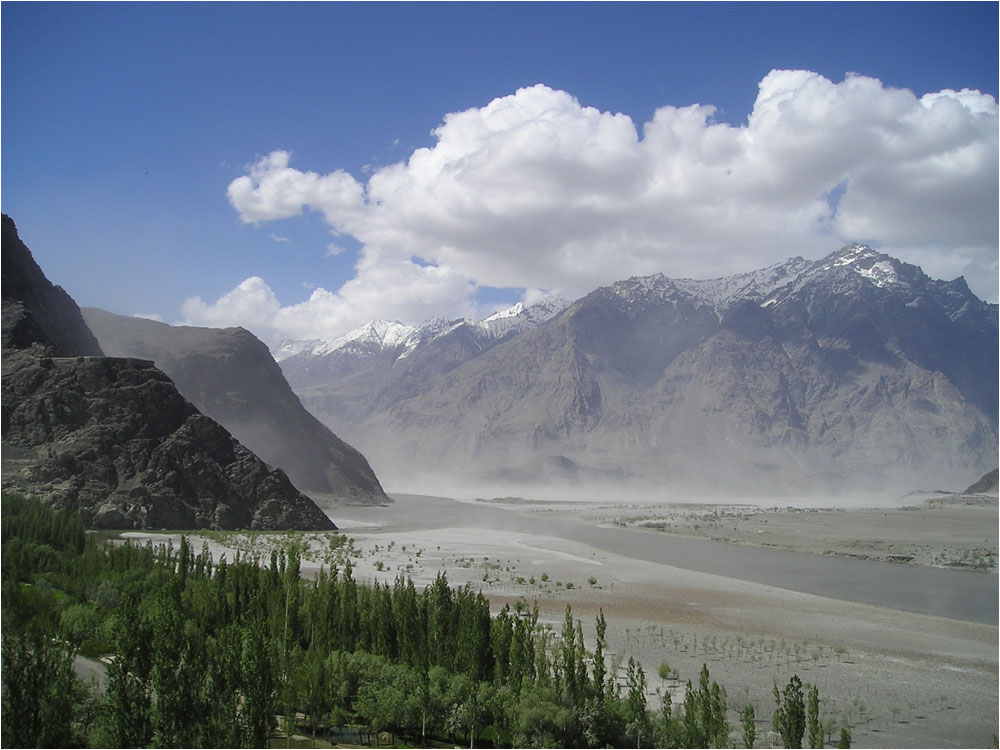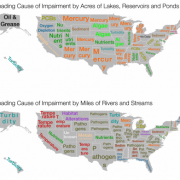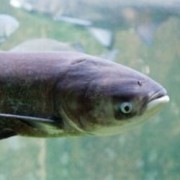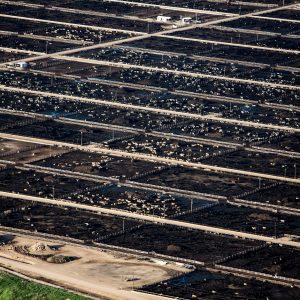The Stream, December 22: Gold Mining Replaces the Cocaine Trade in Parts of Latin America

The Indus River is Pakistan’s lifeline, the main source of water for the world’s largest irrigation system.
The Global Rundown
Above average rainfall in the Sierra Nevada range has California authorities ready to release a little more water from reservoirs than expected this spring. India and Pakistan are once again posturing over the Indus Water Treaty, with an unnamed Indian government official telling the BBC that India would move forward with major storage and canal projects over the next few years. Nearly 12 million people in Kenya, Somalia, and Ethiopia face massive food shortages due to drought. In Latin America, the illegal cocaine trade has given way to unregulated small mines controlled by local cartels and ex-rebels. The region’s artisanal gold mines are far more likely to pollute local water than regulated industrial mines.
“It’s appalling when you go to these illegal mines and see all the negative impacts on the environment and on the people.” – Livia Wagner, adviser to the Global Initiative Against Transnational Organised Crime. (Quartz)
By The Numbers
45 percent Fraction of contracted water supplies projected to be available this year for cities and farmers served by California’s State Water Project. It is an increase over the November projection of 20 percent. A wet fall and early winter boosted reservoirs. SFGate
3,000 Megawatts Hydropower India currently captures from the western rivers of the Indus basin. The basin has potential capacity of over 19,000 MW. BBC
Science, Studies, And Reports
In Peru’s Madre de Dios region, illegal gold mining is responsible for the deforestation of five to 10 hectares of virgin rainforest per day, according to a study by the Carnegie Institution for Science in Washington, D.C. Artisanal strip mining removes all topsoil leaving behind a barren landscape that is unable to sustain new growth. In addition, mercury used by artisanal miners to refine the gold leaches into the region’s water supplies. More than three-quarters of villagers in Madre de Dios have three times the normal levels of mercury in their blood. Quartz
On The Radar
While drought in southern Africa has given way to the rainy season, dry conditions are persisting in the Horn of Africa. In Kenya, 1.3 million people face food shortages, but the FAO expects this number to grow throughout 2017 if drought threatens livestock. UN News
Circle of Blue’s east coast correspondent based in New York. He specializes on water conflict and the water-food-energy nexus. He previously worked as a political risk analyst covering equatorial Africa’s energy sector, and sustainable development in sub-Saharan Africa. Contact: Cody.Pope@circleofblue.org








